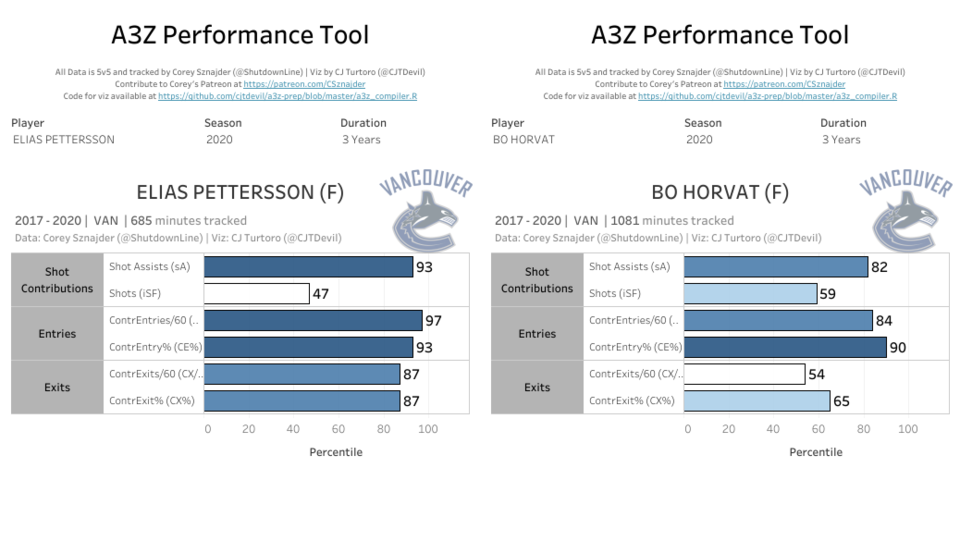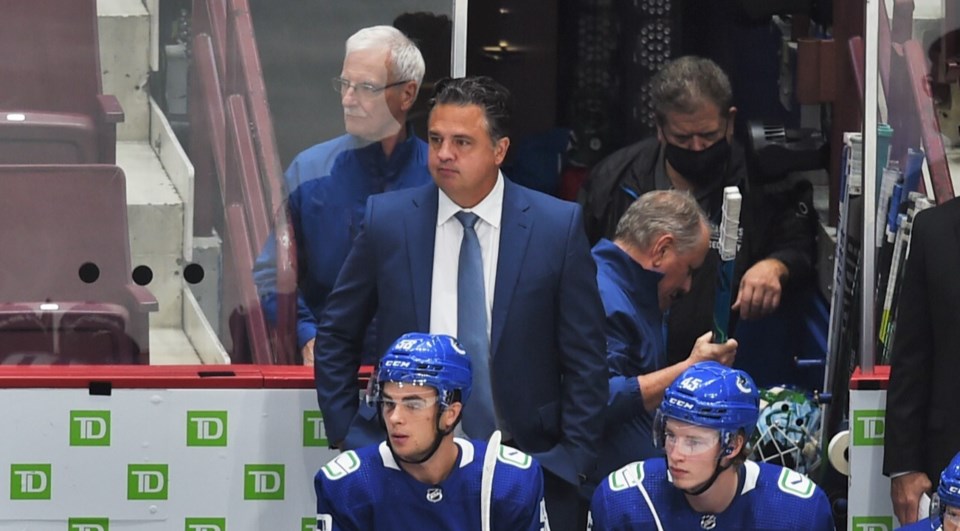When the Tampa Bay Lightning won the Stanley Cup in 2004, there was a sign hanging in their dressing room that said, “Safe Is Death.”
It was the motto of their head coach, John Tortorella, who wanted the team to play an aggressive, up-tempo style that involves taking risks and never sitting back to let the game come to them. You might think of it as similar to the motto of Miss Frizzle: “Take chances, make mistakes, and get messy.”
During Game 7 of the Stanley Cup Final, as the Lightning took a two-goal lead into the third period, Tortorella made sure to remind them of that motto.
“During the second intermission, I even pointed to the sign that is hanging in our dressing room that says, ‘Safe Is Death,’” said Tortorella. “I said to them: ‘That is not going to happen to us tonight. Win or lose, we are not going to do it by skating backward.’”
Whatever you may think of Tortorella as a coach — his time in Vancouver was certainly far from ideal — his philosophy is a sound one. Generally speaking, NHL teams are too conservative with a lead, sitting back and letting other teams create chances, but even when the score is tied, a lot of teams play it too safe.
Certainly, some teams succeed with a defensive trap, but even that generally involves an aggressive, quick-strike offence that creates chances off of turnovers.
Bruce Boudreau's aggressive regroups
One of the exciting aspects of Bruce Boudreau’s first few games as coach of the Vancouver Canucks is that they’re not playing it safe anymore. Instead, they’re aggressive about moving the puck north at all times and putting opposing teams on their heels.
NHL Network’s Mike Kelly broke down how Boudreau has the Canucks attacking aggressively in transition.
Kelly highlighted regroups — when a team regains possession in the neutral zone. Over the admittedly small sample size of five games, the Canucks have been one of the best teams in the NHL in terms of quickly attacking up ice on regroups.
Under former head coach Travis Green, the Canucks played far more conservatively this season. But that wasn’t always the case.
The Canucks used to play aggressively under Travis Green
When Green entered the NHL as head coach of the Canucks, he quickly had the Canucks playing a more aggressive style. That continued right into last season, as they forechecked hard with at least two and frequently three forwards, looking to create turnovers and capitalize on them.
Defencemen were encouraged to join the rush and pinch in the offensive zone. While dump-and-chase was typically the rule for the bottom-six, the team’s top-end talent was free to attack the opposing blue line with control of the puck, as illustrated by the absolutely sterling zone entry numbers by Elias Pettersson and Bo Horvat, the team’s top two centres, from 2017 to 2020.

That’s not to say that Green was purely an aggressive, offensive-minded coach. He wasn’t at all. He hammered on the details and expected strong defensive effort from every player on the roster. But the idea that he stifled offence just doesn’t add up.
At least, not until this season.
Green’s aggressive, hard-forechecking system worked wonders in the 2019-20 season, as the Canucks were one of the top-scoring teams in the NHL. Their 3.25 goals-per-game wasn’t far behind the likes of the Colorado Avalanche and Toronto Maple Leafs and it was a big reason why they got back to the playoffs for the first time in five years.
But everything fell apart in the 2020-21 season. The aggressive forecheck from the forwards and hard pinches from the defence resulted in far too many odd-man rushes the other way and the Canucks couldn’t score enough to counteract their defensive lapses, particularly after Elias Pettersson got injured midseason.
"We're not a run-and-gun team."
This season, there was a clear change in how the Canucks played. They were more conservative on the forecheck, frequently sending in just one forward. The defence pinched less, giving up fewer odd-man rushes but also limiting offensive opportunities.
On breakouts, the Canucks were even more conservative, rarely stretching the ice with long passes, which gave opposing teams more time to get set up defensively to defend in transition. Instead of just the bottom-six dumping and chasing, all four lines were focused primarily on getting the puck behind the defence instead of gaining the zone with possession.
The result was a team that defended far better than the previous year but struggled to create offence, whether on the rush or off the cycle.
It seems entirely likely that Green looked at the team’s defensive struggles last season and looked at a defence corps with a limited number of puck-movers, and decided that playing it safe was his only option.
But, in the NHL, safe is death.
It happens to a lot of coaches. Many new coaches start out wanting to play an up-tempo, aggressive game. Gradually, over time, they stop coaching to win games but coaching not to lose and their style of play gets more and more conservative and defensive.
It seems like Green looked at the Canucks roster and thought they couldn’t play an up-tempo style of game.
“We’re not a run-and-gun team and if we try to play that game every night we’re going to be in trouble,” said Green after a 5-2 loss to the Buffalo Sabres earlier this season.
That said, the system might not have entirely been Green's call.
"Why do we let teams in our zone, ever?"
Boudreau, on the other hand, seems to believe that the Canucks can play that style of game while also not giving up as much as you might think defensively.
“My philosophy, in a nutshell, is why do we let teams in our zone, ever?” said Boudreau.
That philosophy explains why the Canucks forwards have forechecked so hard to hem opposing teams into their own zone and why the defence has pinched so much in the neutral zone and been so aggressive at their own blue line.
Likewise, the new-look penalty kill under assistant coach Scott Walker looks to give opposing power plays as little time in the Canucks’ zone as possible with aggressive, up-ice pressure.
It’s entirely possible that, over time, Green’s belief that this Canucks roster can’t play that style will be proven true. There’s a lot of hockey left to play and this early winning streak under Boudreau may not last.
But, so far, Boudreau’s belief that the Canucks can play his up-tempo style is paying dividends. And, perhaps more importantly, it’s been a lot more fun for Canucks fans to watch.




